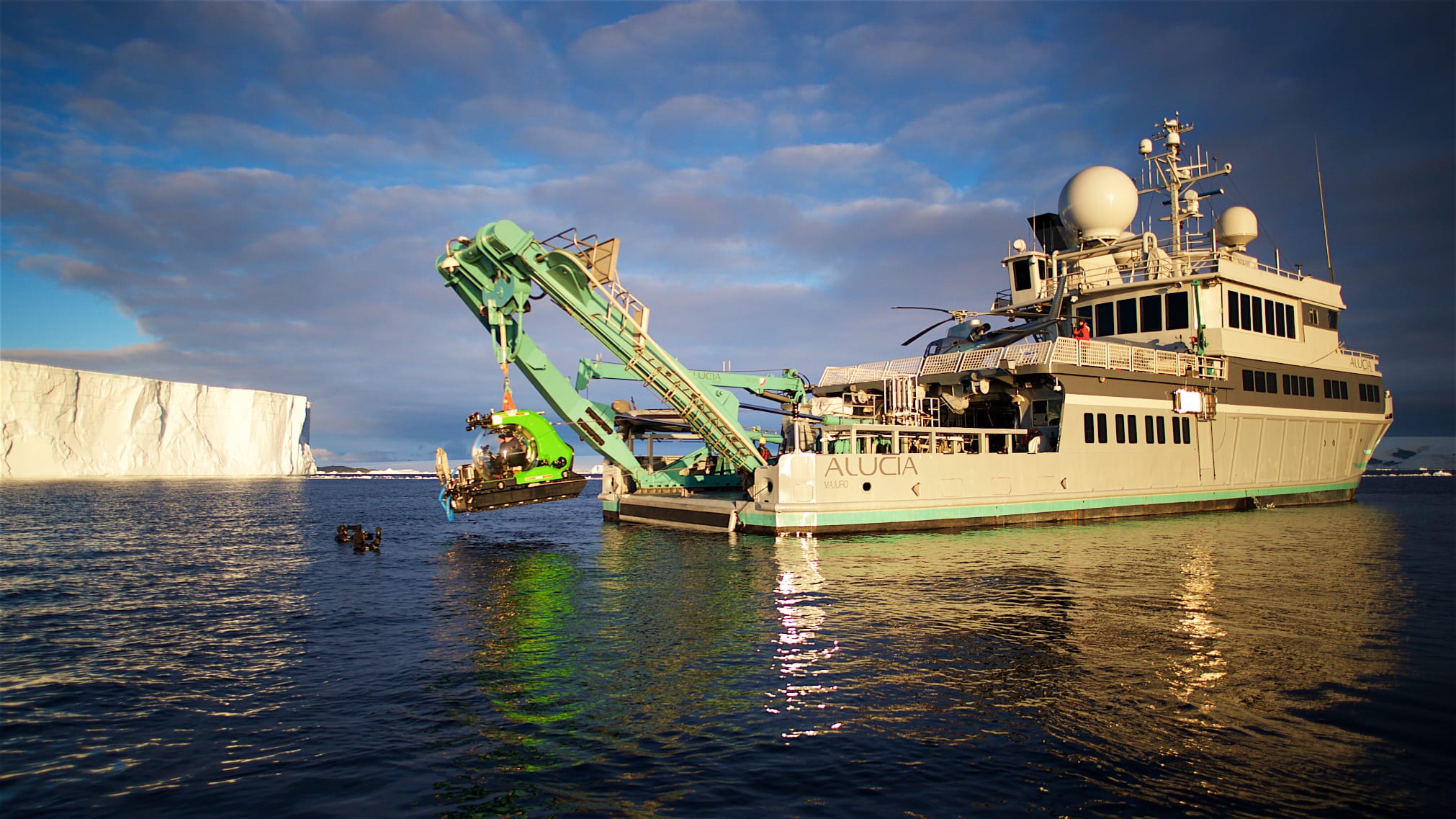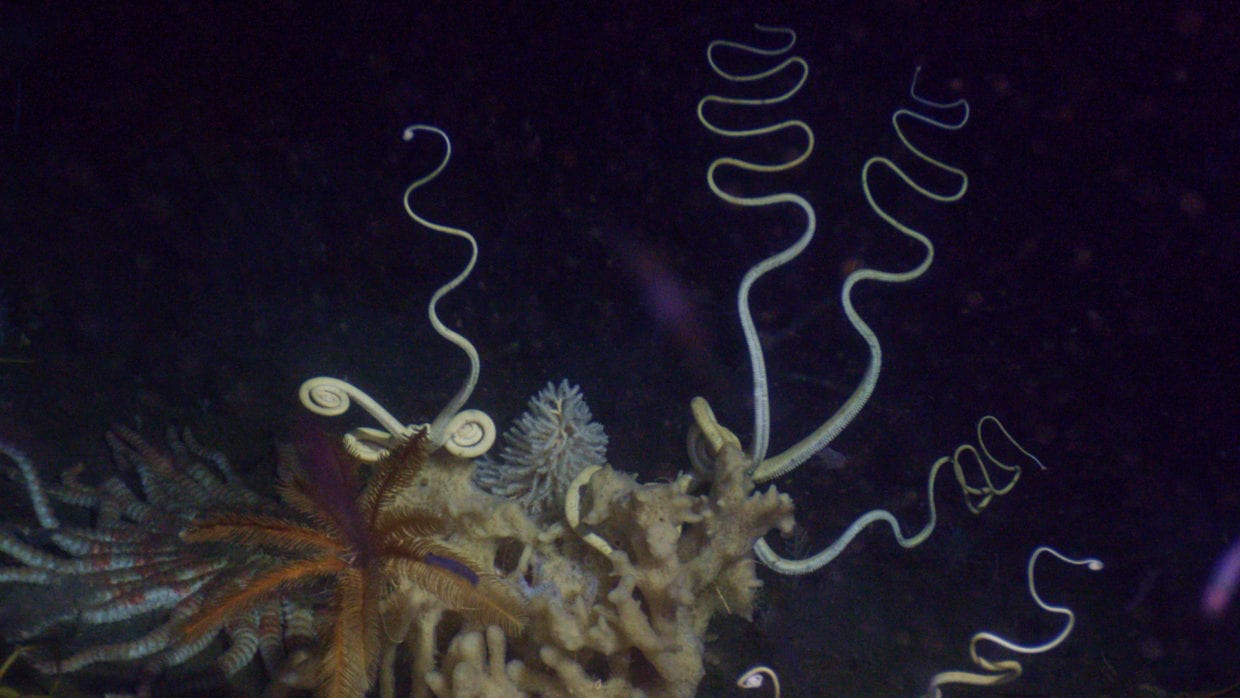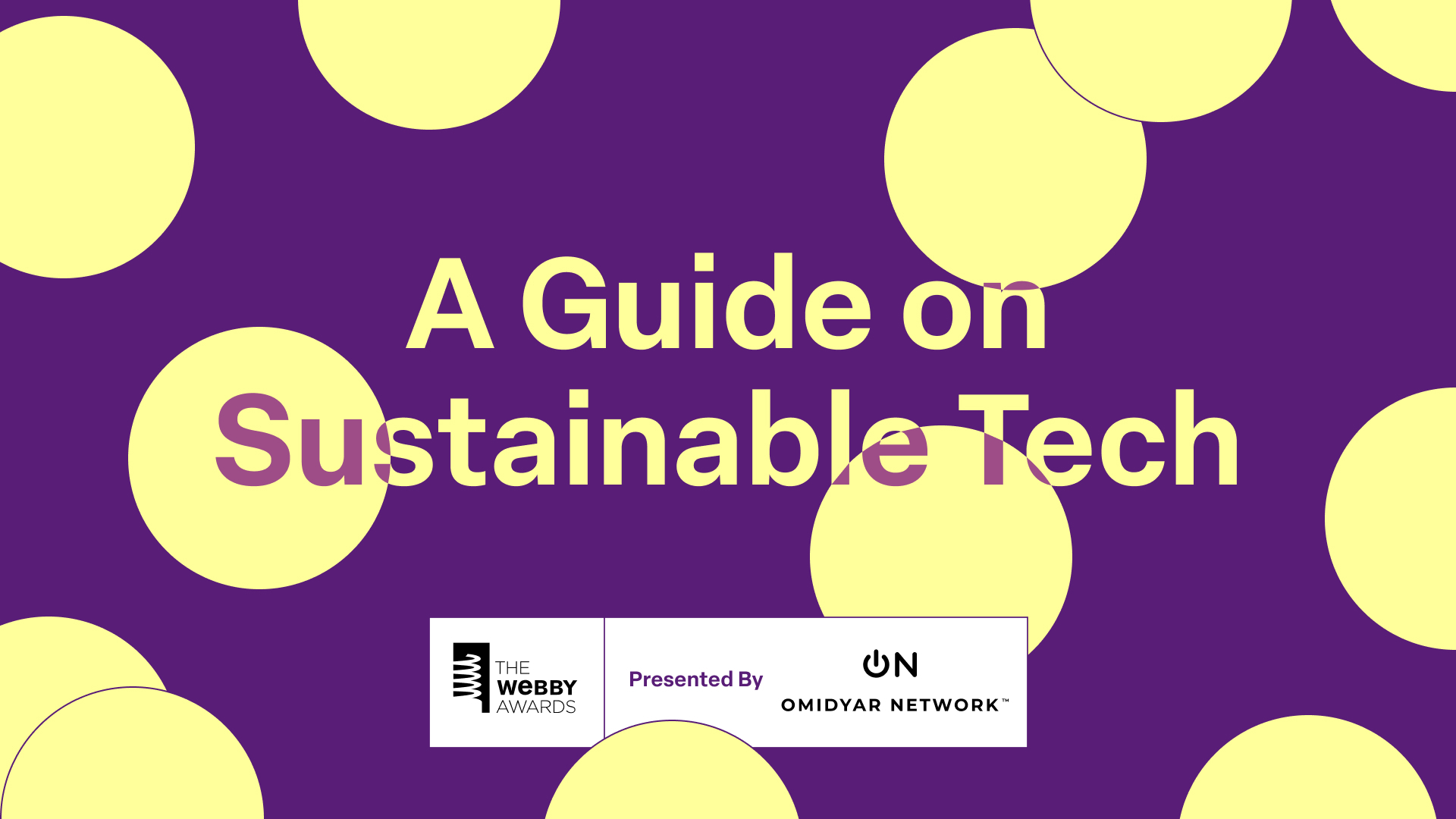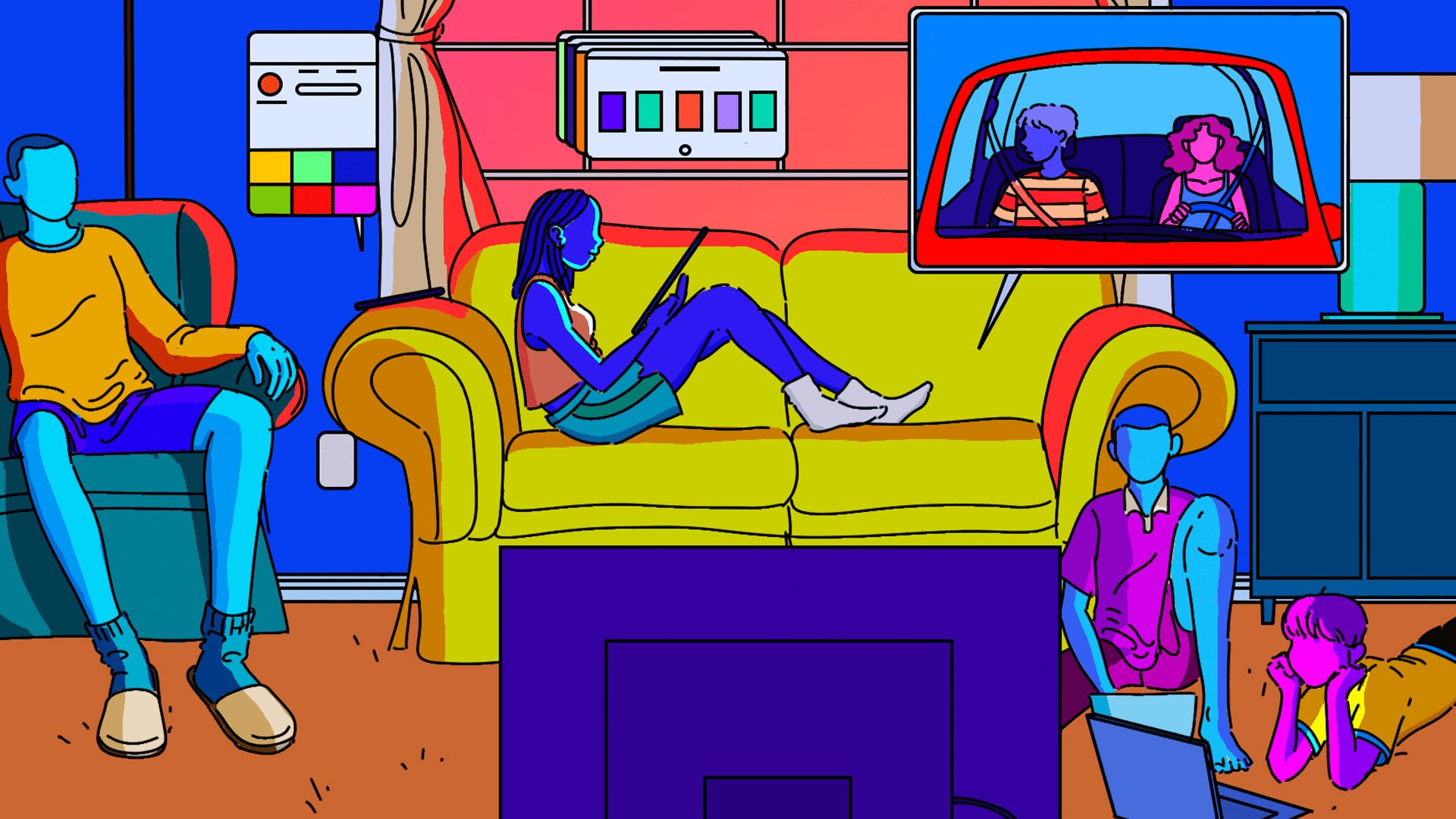OceanX and BBC Earth completed the world’s first-ever deep dive 1,000 meters to the ocean floor in Antarctica, and captured it for the world to view on social media for Blue Planet II. During a time in which it is crucial to understand, appreciate, and protect the wonders of the planet, OceanX’s project is incredibly important.
We spoke with OceanX Media Creative Director Mark Dalio on just what it took to produce “The Deepest Dive in Antarctica Reveals a Sea Floor Teeming with Life,” and share it with the world.
Read our Q&A below!
1. Your team executed the first deep dive 1,000 meters to the ocean floor in Antarctica. What preparation went into bringing this experience to life for viewers worldwide?
Our mission to Antarctica was a huge undertaking that took at least six months of planning on both the creative and technical sides. Of course, there were the usual logistical tasks of setting up an expedition with 30+ people who were heading to a remote region, but most importantly, we had to be as ready as possible for the extreme and largely unexplored deep ocean environment in Antarctica. Antarctica had never been explored at 1,000 meters before, so there was so much we could learn to further our scientific understanding of this fragile ecosystem and share our findings with the world.
With such an unknown and dynamic environment like Antarctica, no matter how much planning you do, you have to constantly be ready to troubleshoot in real time. For example, our camera housings were not equipped for the extreme cold weather and we ended up having to wrap them in electric blankets.
Another issue that wasn’t expected was the extreme difficulties when planning to film our sub dive down a sheer wall of an iceberg. If we dove the submersible too close to the massive icebergs, there could be dangerous consequences, like the risk of an ice shelf falling on top of the submersible. We had to find an iceberg that was grounded and safe to film near. This allowed us to get some of the incredible imagery that you can see in Blue Planet II.
“ What's also so exciting about The Webby Awards is that they highlight how important digital content and forms of media are in engaging a much larger audience in ways that other formats cannot due to reach.”
2. While our planet is in a state of crisis, your dive depicted an ocean floor that is still somehow teeming with vibrant life. What discoveries or pieces of the footage you captured most surprised you?
There were so many surprising moments in this mission. In researching Antarctica and doing our preparation, we realized there was so little known about the deep sea floor, and I didn’t realize the role that the Antarctic sea plays in providing nutrients to our global ocean system. I was astonished to encounter a large volume of marine snow, which is essentially debris and dead matter from various creatures. It looks like a blizzard you’d find in the wilderness—but underwater. The marine snow is critical in circulating nutrients to the surrounding ecosystems and it was truly incredible to see this process in action and capture it visually.
Another notable experience was seeing the breadth of life, and how many of the creatures in the area – in the absence of competition or prey – actually evolved to be much larger in size than they would have been elsewhere in the world. One of my favorite creatures we encountered was the Antarctic sea star. It has such an incredible way of attracting its prey—almost like honey to a fly—that we dubbed it the Antarctic “death star.” It was really awesome to capture that visually as well.
3. What lessons do you hope your audience takes away from this exploration?
What I hope people will take away is the fact that, even in locations like Antarctica where no one really expected to find much under the sea, when you peel back the layers, there was an incredibly rich ecosystem that showcased just how complex and interconnected our oceans are. There is so much we still don’t know, and I hope this mission and video will inspire audiences to want to do more to explore the oceans scientifically and visually, and to change the way we interact with our oceans.
4. What other explorations are a part of the OceanX mission—how does your team intend to bring them to live for audiences everywhere?
OceanX is always looking to go where no one else has, and we have a large focus on facilitating science and media of the deep ocean in particular, which is the least explored area of the ocean. We work with leading scientists, institutions, and philanthropists to explore those areas of the ocean and bring them back to the world in the form of captivating media across formats. Folks can follow along with those missions on our digital platforms, and we also just announced a television series we are co-producing for National Geographic called “Mission OceanX” that will be a combination of character-driven storytelling with stunning natural history and cutting-edge ocean exploration technology. Keep an eye out for announcements over the next few months!
5. What does your Webby win mean to you?
For me, what’s most exciting about our team winning the Webby is the idea that science and ocean exploration can still be exciting and appreciated by a much larger audience. What’s also so exciting about The Webby Awards is that they highlight how important digital content and forms of media are in engaging a much larger audience in ways that other formats cannot, due to reach. For us, we are so thrilled to share the excitement of ocean exploration with a global audience in a way that really resonates.













